I'm plotting multiple lines on the same graph using matplotlib in Python by using a for-loop to add each line to the axis.
When plotted in 2D with each line on top of the other this works fine.
When plotting in 3D however, python displays the same graphed data each time I run through the for-loop, even though the data is significantly different.
Edit: I don't believe that this question is a duplicate of "How can I tell if NumPy creates a view or a copy?" as it highlights one particular instance of unexpected behaviour.
import numpy as np
import matplotlib.pyplot as plt
from mpl_toolkits.mplot3d import axes3d
###### Unimportant maths not relevant to the question ######
def rossler(x_n, y_n, z_n, h, a, b, c):
#defining the rossler function
x_n1=x_n+h*(-y_n-z_n)
y_n1=y_n+h*(x_n+a*y_n)
z_n1=z_n+h*(b+z_n*(x_n-c))
return x_n1,y_n1,z_n1
#defining a, b, and c
a = 1.0/5.0
b = 1.0/5.0
c = 5
#defining time limits and steps
t_0 = 0
t_f = 50*np.pi
h = 0.01
steps = int((t_f-t_0)/h)
#create plotting values
t = np.linspace(t_0,t_f,steps)
x = np.zeros(steps)
y = np.zeros(steps)
z = np.zeros(steps)
##### Relevant to the question again #####
init_condition_array = [[0,0,0],[0.1,0,0],[0.2,0,0],[0.3,0,0]]
color_array = ["red","orange","green","blue"]
color_counter = 0
zs_array = [0, 0.1, 0.2, 0.3]
fig = plt.figure()
ax = fig.add_subplot(111, projection='3d')
for row in init_condition_array:
x[0] = row[0]
y[0] = row[1]
z[0] = row[2]
for i in range(x.size-1):
#re-evaluate the values of the x-arrays depending on the initial conditions
[x[i+1],y[i+1],z[i+1]]=rossler(x[i],y[i],z[i],t[i+1]-t[i],a,b,c)
plt.plot(t,x,zs=zs_array[color_counter],zdir="z",color=color_array[color_counter])
color_counter += 1
ax.set_xlabel('t')
ax.set_ylabel('x(t)')
plt.show()
As you can see, the graphs should look incredibly different;
this is a 2D image of the graphs on the same axis with a few alterations to the code (shown below):

Whilst this is the graph produced by the 3D plot:
 .
.
The 2D plot was created by making these small alterations to the code; nothing above the first line was changed:
init_condition_array = [[0,0,0],[0.1,0,0],[0.2,0,0],[0.3,0,0]]
color_array = ["red","orange","green","blue"]
color_counter = 0
fig = plt.figure()
ax = fig.add_subplot(111)
for row in init_condition_array:
x[0] = row[0]
y[0] = row[1]
z[0] = row[2]
for i in range(x.size-1):
#re-evaluate the values of the x-arrays depending on the initial conditions
[x[i+1],y[i+1],z[i+1]]=rossler(x[i],y[i],z[i],t[i+1]-t[i],a,b,c)
plt.plot(t,x,color=color_array[color_counter],lw=1)
color_counter += 1
ax.set_xlabel('t')
ax.set_ylabel('x(t)')
plt.show()
